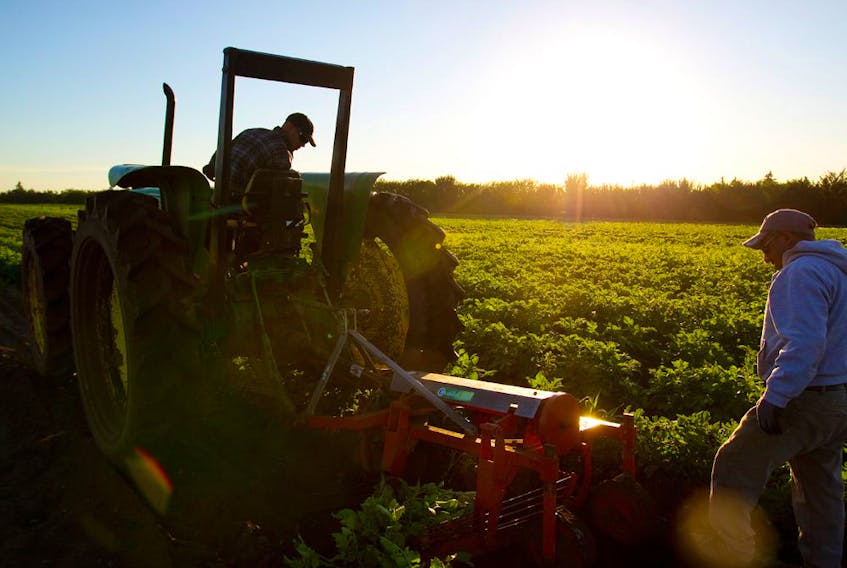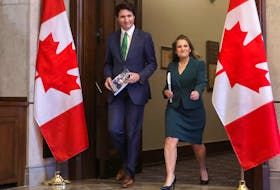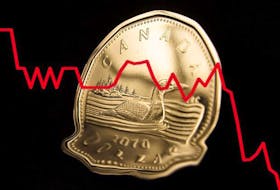If the weather holds, I’ll be able to grow a crop. This was as much as any farmer could know for certain earlier this year amid the widespread health and economic fears surrounding the then-fresh COVID-19 pandemic. But, really, such a degree of certainty is no different from any other growing season.
The agricultural sector has the right stuff to lead Canada’s economic recovery, but it has exhibited a gross incompetence in differentiating between the challenges specific to its own sector and the general challenges all Canadians face, as they wade through the quagmire of a pandemic.
The agriculture sector is fearful of the economic storm mustering over parts unknown that will inevitably make landfall and wreak a level of havoc that CERB and a depleted government kitty won’t be able to mend.
But, the ag sector is also, by and large, thankful for a prosperous growing year, as well as good, and in some cases, rising commodity prices.
Instead of using the mental fortitude often attributed to operating such a risk-heavy business as farming to show some level of positivity amid the malaise that has settled over everyone, many in the sector have chosen to continue chastising government for not paying attention to agriculture while holding out their hands in hopes of getting some of the pandemic relief cash they feel others are too easily accessing.
The federal government, however, has also revealed a shortcoming in its failure to recognize agriculture as an economic driver at a time when Trudeau’s reserves are evaporating at an alarming rate and when it has become clear to anyone paying attention that drawing the map that will deliver Canada from its economic hole will require a sophisticated cartographer.
Prime Minister Justin Trudeau’s Speech from the Throne in October failed to mention agriculture in any substantive way, apart from the need for food security in remote areas and the government’s continued interest in compensating the supply managed sectors affected by new trade rules. Under normal political/cultural circumstances, I’d still mention this omission, but only because as an ag commentator, I’d have to as proof I’m keeping an eye on the political landscape on which I write.
What agriculture could be for Canada has not been tested. Trudeau should be drawing lessons from industries that have demonstrated resilience in 2020 for guidance on economic recovery. Agriculture is such an industry, and should be taken seriously as a key economic driver now and in a post-pandemic landscape.
It’s a message that suggests a needed change to a relationship between agriculture and Ottawa that has long been characterized by friction. Either side is having trouble visualizing this relationship any other way, but someone should be so bold.
In 2017, Dominic Barton, then chair of the Advisory Council formed by former Finance Minister Bill Morneau, released what is colloquially known as the Barton Report. In it, he hailed agriculture as a sector with vast, unrealized potential.
The report gave political expression to what farmers and industry stakeholders already knew, and to what farm groups had been telling MPs in Ottawa for as long as I can remember. It was heralded, albeit briefly, as the crucible through which the federal government and the nation’s agriculture sector would recast their relationship and begin realizing Canada’s growth potential.
That year’s budget included goals of increasing agri-food exports from $55-billion in 2015 to $75-billion by 2025.
That was three, nearly four, years ago, so these numbers need to be updated, but its age shouldn’t compromise the timelessness of its message. Near the end of the report, its writers list additional ways the federal government can capitalize on agricultural growth opportunities — better trade agreements, branding Canada as a source for healthy, sustainable food, encouraging foreign investment and improving the regulatory environment.
Since then, Canada has made sizeable investments towards the growth of the protein-processing sector, making our borders home to some large processors. Ottawa needs to understand, however, that realizing the agri-food industry’s potential isn’t just about bolstering the processing sector. Any commitment to Canada’s agri-food sector should be fulsome, but a lesson about too many eggs in one basket shouldn’t have to be said aloud, especially as the trade wars that saw some of Canada’s large export commodities embargoed are still fresh, if not still active.
There is tremendously little expectation among the farmers I have met that Trudeau will do a 180 on the Liberal tradition and begin taking the kind of agriculture that has been able to withstand the blows of a global pandemic seriously.
There is, however, hope. On Nov. 20 federal and provincial agriculture ministers met, virtually, to discuss the sector and needed improvements to current business risk management programming. And on Nov. 27, they will meet again.
In 2017, Barton claimed Canadian agriculture could lead the world. In 2020, let’s start with agriculture leading Canada.
Financial Post
Copyright Postmedia Network Inc., 2020








